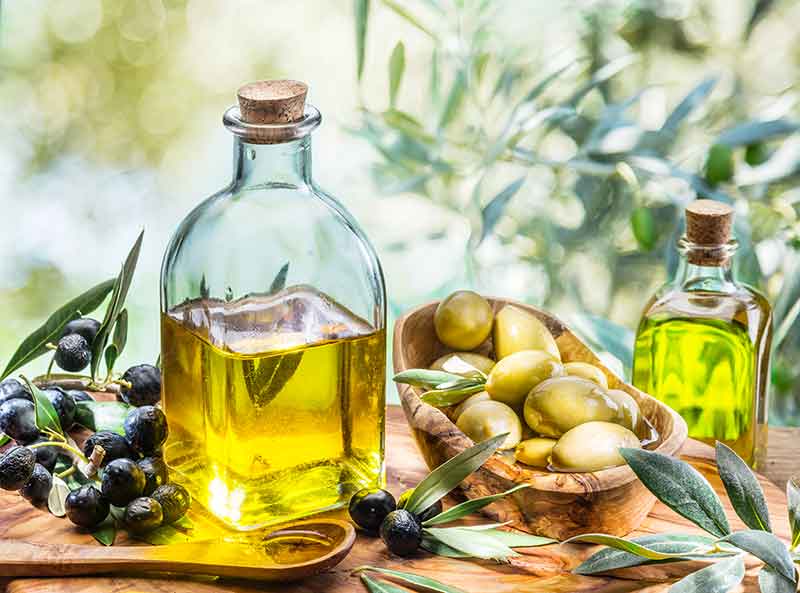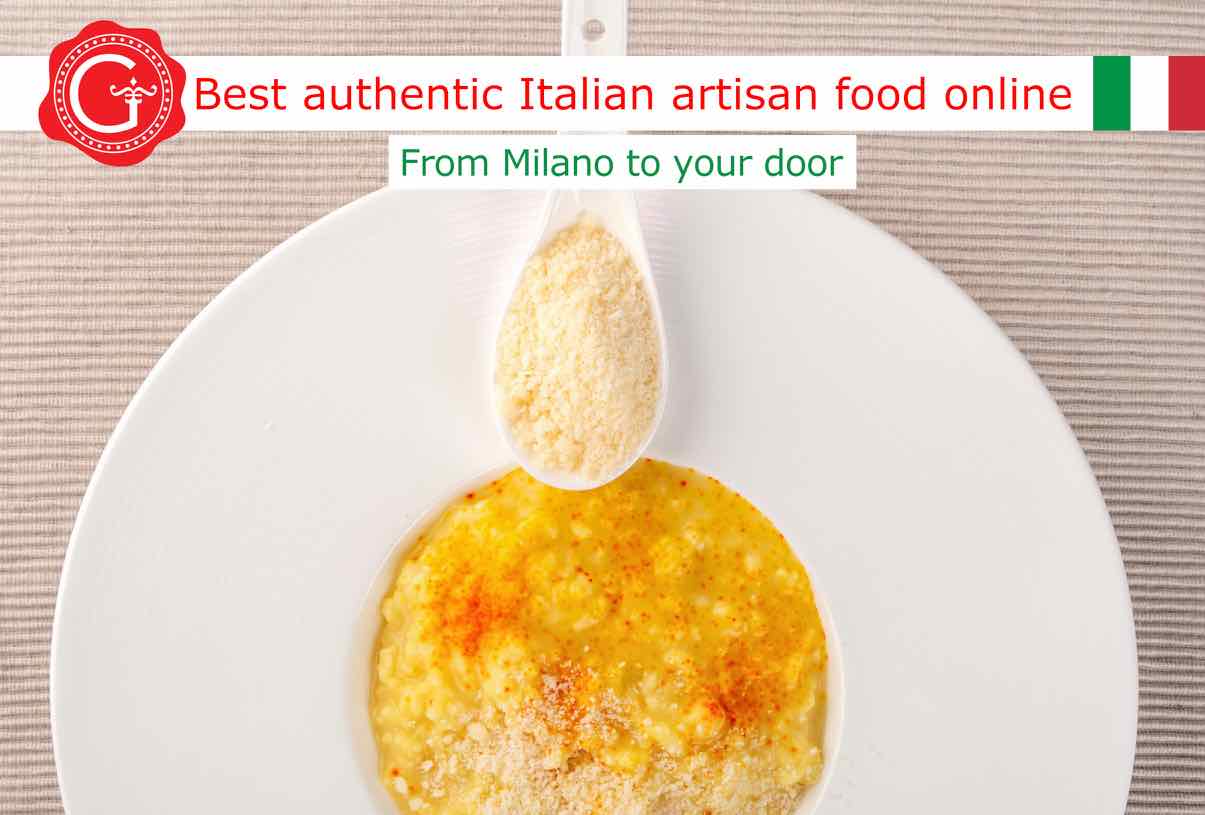Is there anything more symbolic of our mediterranean life, history and culture than golden extra virgin olive oil?
As this corner of the world shifts and changes over the millennia, as our societies blend and morph from Ancient Romans to smartphone-staring commuters, perhaps this delicious nectar is the only thing we know will always be there, accompanying us through the changing times. Yet as the world becomes more filled with information, olive oil seems to become less well understood. It has become a huge global trade, and with such international fame, it has inevitably become riddled with scandals.
While still many of those who even know where to source good oil, have forgotten how best to use it! So if you’re wondering about what exactly is going on in the world of olive oil, how to source the good stuff, and how traditionally we cook with extra virgin olive oil, read on to find out all!
A little history on extra virgin olive oil to wet the appetite
Wild olives were first thought to be collected some 10000 years ago. The Romans, Arabs, Egyptians and Phoenicians then helped spread the tree to all the areas where we see extra virgin olive oil being produced today.
The Greeks saw it as a gift from Athena and used it in religious rituals, and in fact by the 6th or 7th century BC, so precious was the olive that chopping down a tree could be punishable by death!
While in Ancient Rome, all citizens were entitled to free olive oil! The still existing artificial hill ‘monte testaccio’ in Rome contains underneath an estimated 53 million discarded amphorea (Roman jugs used to transport olive oil).
The slippery modern world of extra virgin olive oil
Today olive oil is more in demand than ever, and this enormous global trade has lead to it becoming quite the slippery business!
Extra virgin olive oil refers to olive oil produced using solely mechanical means. However it is increasingly difficult to find such high-quality oil these days for the simple fact that demand far exceeds supply.
Italy for example barely has enough home-grown trees to satisfy internal demand, so you have to ask yourself when you see ‘Italian extra virgin olive oil’ in every shop across the globe, what exactly is this stuff?
How extra virgin olive oil may not be what you think it is
Extra virgin olive oil you find in every shop could be deceiving you in a variety of ways. It could be made using olives imported from other countries, or much worse it could be made by blending olive oil with other inferior oils. However the worst possible scenario (and unfortunately common), is that the oil may not be olive oil at all! It could be an inferior oil that has been treated chemically to alter its taste and colour to seem like extra virgin olive oil.
Fraudulent olive oil is big business, and all these adulterations listed above have been keeping the EU anti-fraud teams in work for some time! If you wish to find out more on this slippery business, read Tom Mueller’s excellent book “Extra Virginity”.
How to get good extra virgin olive oil
There is no one simple rule for how to find good extra virgin olive oil, but here a series of tips will help you in your quest:
- Find a reputable Italian deli. Check what they sell and see if they have products beyond the big brands. You need to find small artisan producers to assure quality.
- Go to farmer’s markets and food markets, there are often representatives of small olive oil producers with fantastic products.
- Try lots of olive oil! Once you’ve had the good stuff, there’s no turning back, and you’ll forever recognise when you have got a good oil or not.
- Good extra virgin olive oil does not retail for less than 10 pounds a bottle due to the costs of producing it the proper way so make sure you’re spending enough!
What to cook with extra virgin olive oil
There is much confusion around cooking with olive oil, and you won’t find any single set of rules in Italy either. In the north of Italy, this kind of oil is often reserved for drizzling on top of finished dishes, or finishing sauces. However southerners would be offended by this idea. The concept of then pouring raw olive oil onto a sauce with cooked olive oil inside it seems like blasphemy to them!
Our opinion is that truly exquisite extra virgin olive oil is a thing of beauty and should be used sparingly. A few tablespoons in a tomato sauce or with a soffritto is a great idea as shown in these recipes, yet if the oil is of the best possible quality, its flavour will come out most raw, drizzled on simple salads, or on top of bruschetta.
Two simple recipes to best taste our extra virgin olive oil
These two dishes are perhaps our favourite thing to eat when the first olive oils arrive between autumn and winter and tastes freshest (unlike wine, olive oil does not get better as it ages!).
Simple Bruschetta with garlic and extra virgin olive oil
Ingredients:
- Good quality sourdough bread.
- The best extra virgin olive oil you can find, preferably just produced.
- A clove of garlic.
We eat this dish with our olive producers when we get to taste their first batch. The toast is grilled over olive wood fires, and is finished by peeling a garlic clove, rubbing the clove gently on the toasted bread’s surface and simply drizzling extra virgin olive oil over the top.
Simple Tomato salad with onion and extra virgin olive oil
Ingredients:
- Two of the most meaty summer tomatoes you can find.
- The best extra virgin olive oil you can find.
- A few slices of onion.
We first ate this dish at a small trattoria and have reproduced in thousands of times since. The key to this recipe is the quality of tomato and olive oil, and how you chop the onions. Slice the onion into 2mm thick slices, then cut each slice into sections about a cm long. Chop the tomatoes into thick slices about a cm thick and put one or two small onion pieces onto each slice (do not overdo the onion!). Pour a rich pool of olive oil on top, and salt it appropriately. Mop up the tomatoes and oil with bread as you go along, and enjoy one of the most elegant and rich pairings of flavour known to the world!




